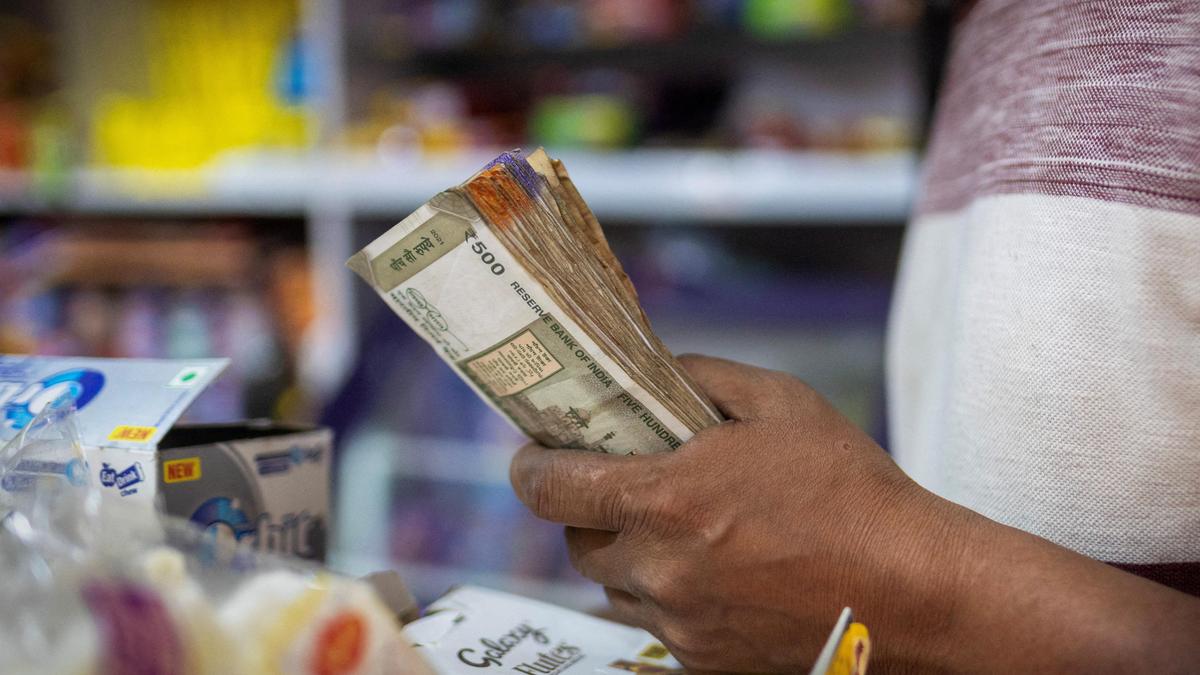Index
Show
Dollar index edges up, trading at 99.63
The dollar index, which measures the greenback’s strength against a basket of six currencies, ticked 0.18% higher and was trading at 99.63. The move signals a modest uptick in demand for the U.S. dollar during the latest session.
Why this matters
- Global trade: A stronger dollar often makes U.S. exports more expensive and imports cheaper, affecting trade balances and corporate margins.
- Commodities: Many commodities are priced in dollars, so a firmer dollar can weigh on prices for oil, metals and agricultural goods.
- Financial markets: Currency swings can influence stock and bond market flows as investors adjust risk and return expectations.
What could be driving the move
- Interest rate expectations and central bank signals can boost demand for the dollar relative to other currencies.
- Shifts in global risk sentiment often push investors toward or away from the dollar as a safe-haven asset.
- Economic data from the U.S. or other major economies can change relative yield and growth outlooks, affecting currency values.
Market implications and practical tips
- For businesses: Companies with cross-border exposure should watch the dollar for cost and pricing impacts and consider hedging strategies.
- For investors: Currency moves can affect returns on global assets; reassessing currency risk in portfolios is prudent.
- For commodity traders: Track dollar strength as part of the price drivers for dollar-denominated commodities.
What to watch next
Keep an eye on U.S. economic releases, central bank commentary and global risk indicators. These factors often set the tone for whether the dollar’s recent gains persist or reverse.
Bottom line: The dollar’s small rise to 99.63 is a reminder that currency markets are sensitive to changing expectations about growth, inflation and policy. Even modest moves can have meaningful effects across trade, commodities and portfolios.
